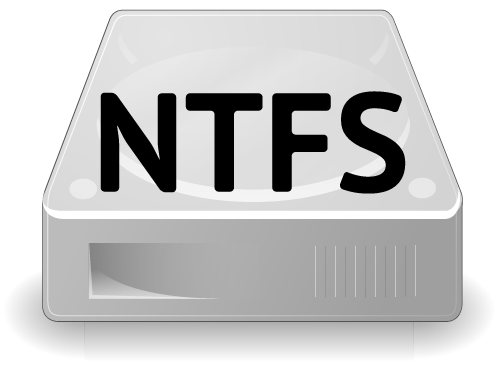This post might seem random but I tried many ways to fix the sudden FPS drop and screen tearing, half loaded shaders and an unplayable exerience runnign this card, in HD6900 cards running this game, my particular card is HD6970 and I was able to run it with ease in 1366x768, with a card a generation older than the minimum spec.
I tried several methods like rewriting shaders in directx11 instead of 10, messing with config files, do the process below carefully.
Steps for drivers:
- Download and install AMD 6900 series 15.7 WHQL drivers for your device, if you already have it installed skip this step and restart your pc for the driver to take effect.
- Then download and install AMD 6900 series 14.12 Omega drivers, and install it without removing the previous 15.7 drivers. You can find the driver here. Then restart again for the drivers to take effect.
Steps for Game configs:
Config files are located in .../Arkham knight/BmGame/Config/BmSystemSettings.ini
Note: Depedning on the Game store you used the location may vary, usually you can just search BmSystemSettings.ini and edit it. Make sure to open your game once for the setting files to generate.
Set this settings as below: (save a copy of the file as backup if something went wrong.)
- Bloom=False
- MaxFPS=60.000000
- AllowOpenGL=True
- bAllowD3D9MSAA=False
- bAllowTemporalAA=False
- AllowD3D10=True
Save and run the game, set the graphic settings to Fullscreen windowed as it provides the best performance. There are no penalties for using the 14.12 Omega driver, I saw no FPS impact in CSGO, rocket league and other major games. Enjoy.
If you have more queries comment below and I'll try to answer them ASAP.


/cdn.vox-cdn.com/uploads/chorus_image/image/48396643/batman-arkham-knight-screenshots.0.0.jpg)












